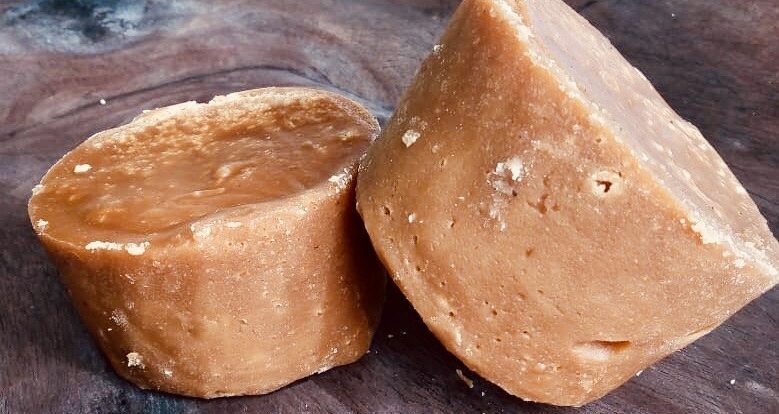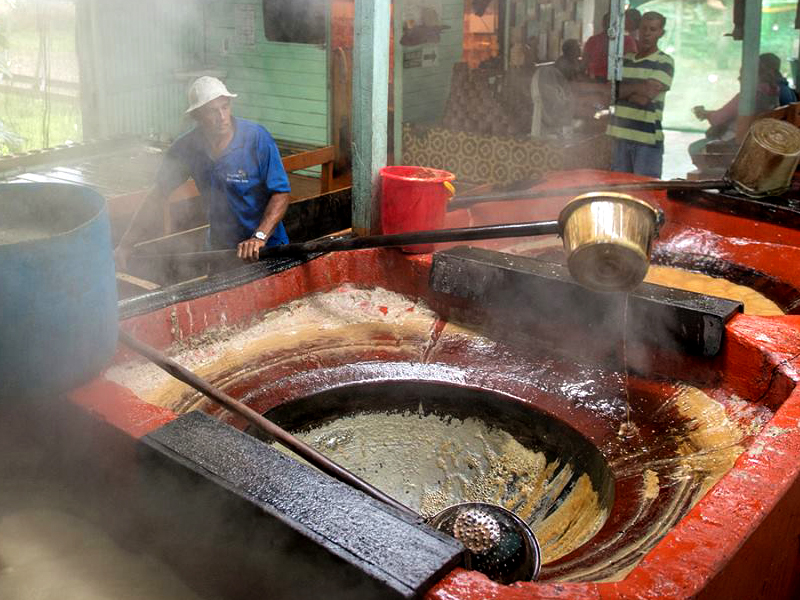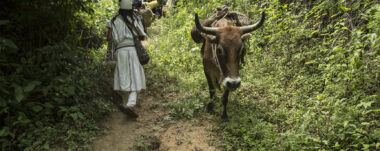The “Tapa Dulce” and the “Trapiche” in Costa Rica

The “tapa de dulce” and the “trapiche” in Costa Rica. In Costa Rican gastronomy, as well as in several Latin American countries, the use of the “tapa de dulce” made from sugarcane juice and manufactured in the “trapiches” stands out. It is found in the traditional “aguadulce”, a hot drink, and in sweets such as “cajeta” and “melcocha”. The “tapa de dulce” is handmade in the “trapiches”.
Origins
According to the Royal Spanish Academy, the term “trapiche” comes from mozár trapíč, and from the Latin trapētus, meaning “oil mill”. This was created for the extraction of juice or oil from olives, sugar cane and other fruits of the earth.
The “trapiche” was brought to Costa Rica from Spain at the end of the 16th century. In Costa Rica, “trapiche” is the name given to the place where the mill is located and the sugar cane is processed for the production of “tapa de dulce”, also known in other Latin American countries as panela, rapadura, atado dulce, papelón, among others. After the Independence, in 1821, the cultivation of sugar cane was seen as a great opportunity for agro-commercial development in Costa Rica and family sugar mills began to develop.

Manufacturing Process of the “Tapa de Dulce” in the “Trapiche”
In the trapiche, the cane juice is deposited in pots for cooking, clarified and the impurities are eliminated. The cooking process is slow until the honey is obtained. Once the honey is concentrated, it is beaten in order to cool it. The beaten honey is dripped into cone-shaped wooden molds, which gives the shape of the “tapa de dulce”. The wrapper was previously made with dry cane leaves, but due to a sanitary prohibition several decades ago, plastic began to be used.
Today, there are few artisanal mills left due to technological development and the decline in the consumption of sweets by the population. However, some families have kept their mills active in order to preserve the tradition and organize tours for tourists.
In Costa Rica, as in Spain and other countries in the region, a rich variety of sweets based on tapa de dulce are made for Easter and Christmas and are also found in the markets throughout the year.
Author: M. Barrantes for Sensorial Sunsets
Bibliography
https://accionsocial.ucr.ac.cr/noticias/un-bocado-dulce-para-disfrutar-en-familia Photos: Asodetur.com and Ucr.ac.cr
Navigate articles




